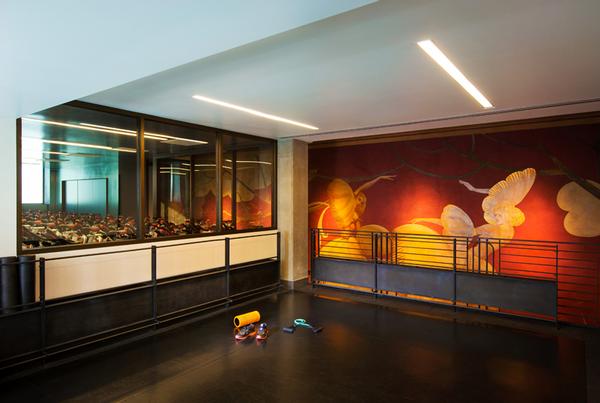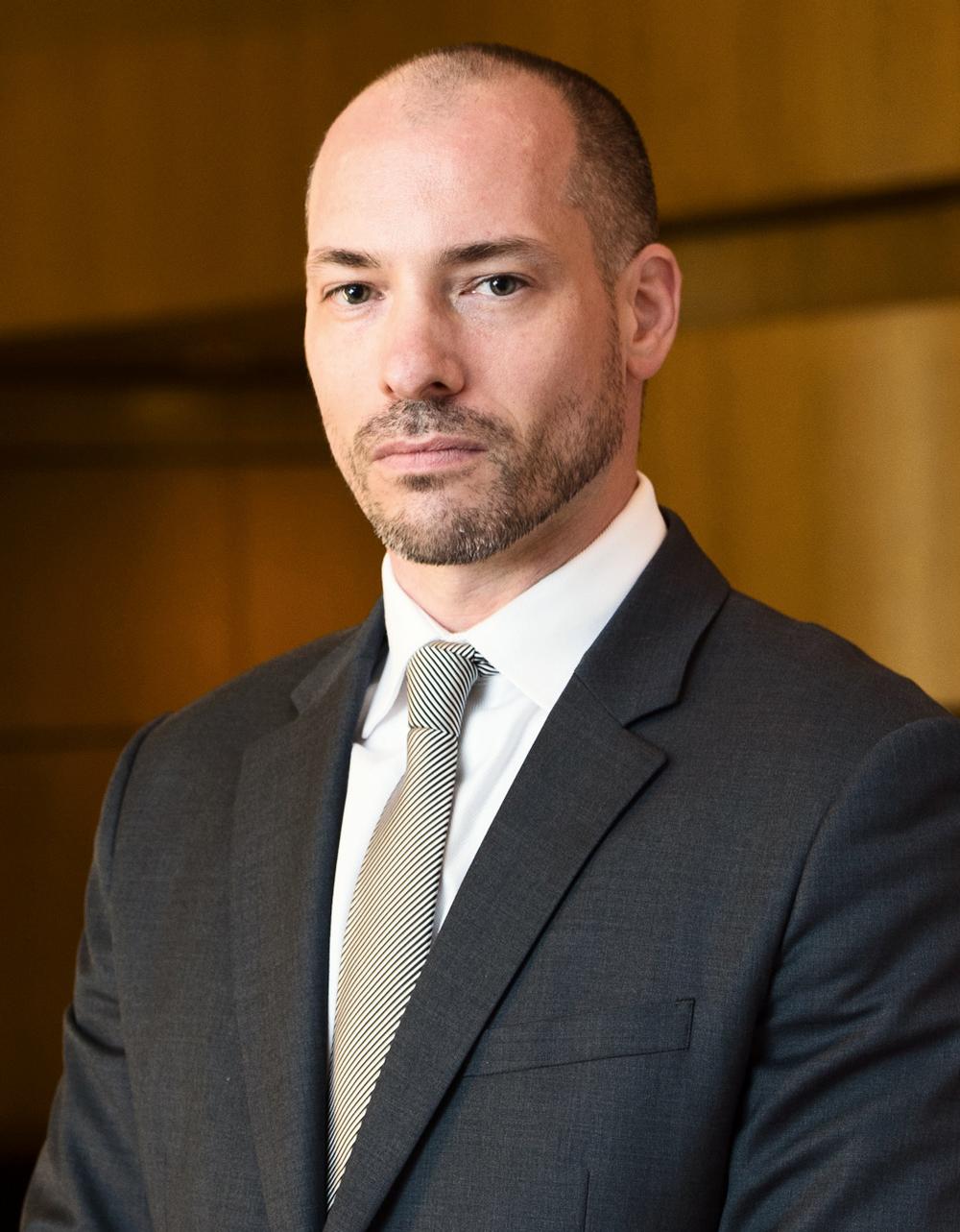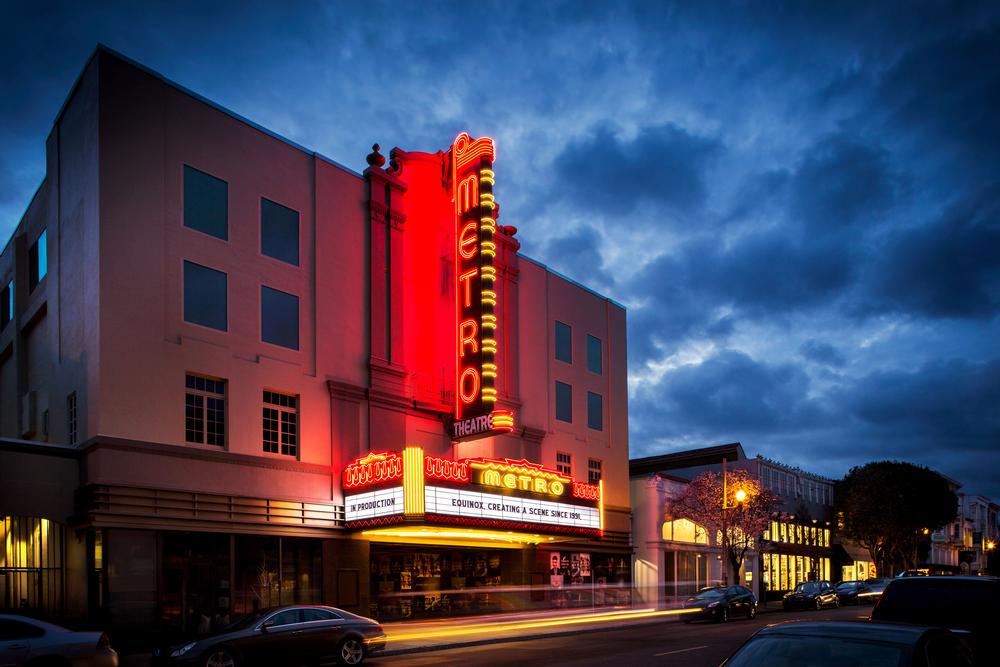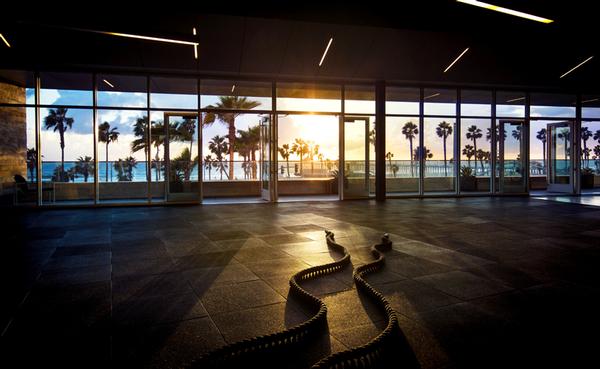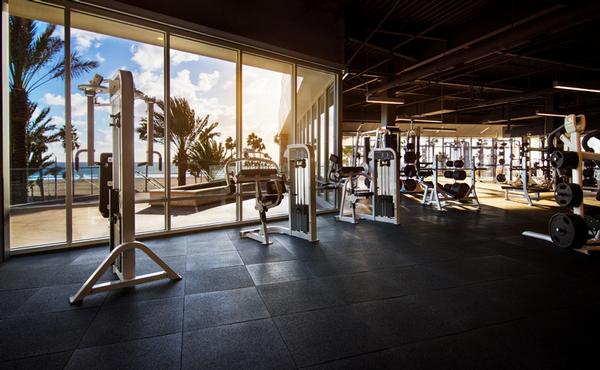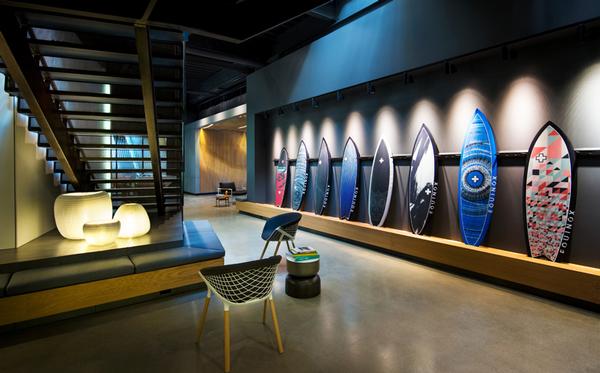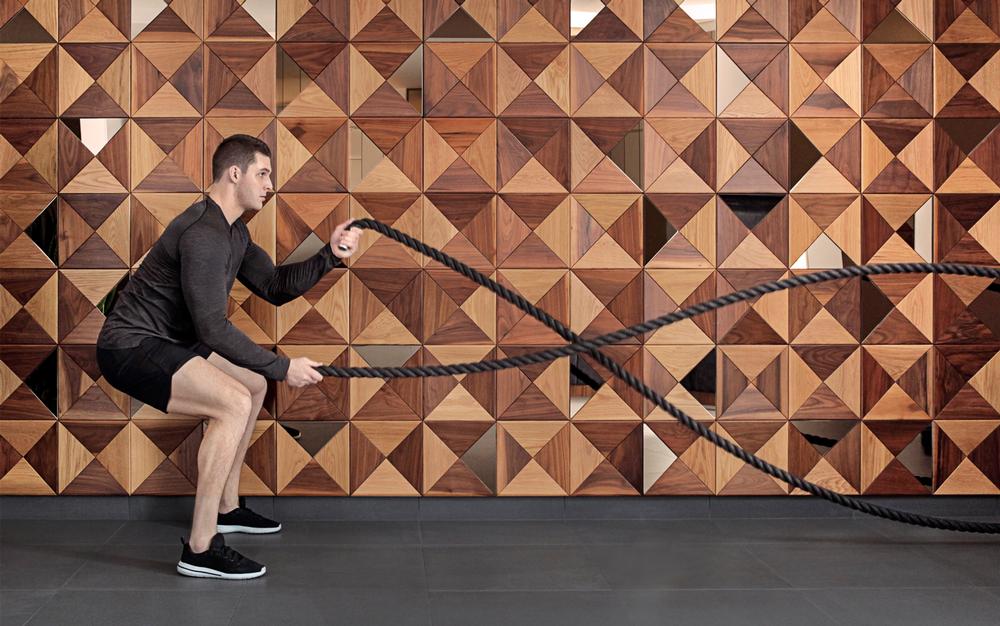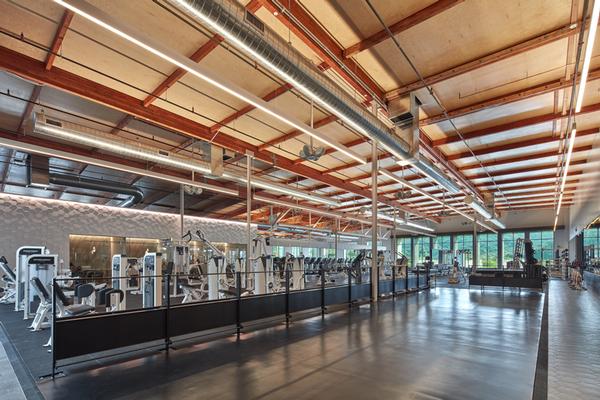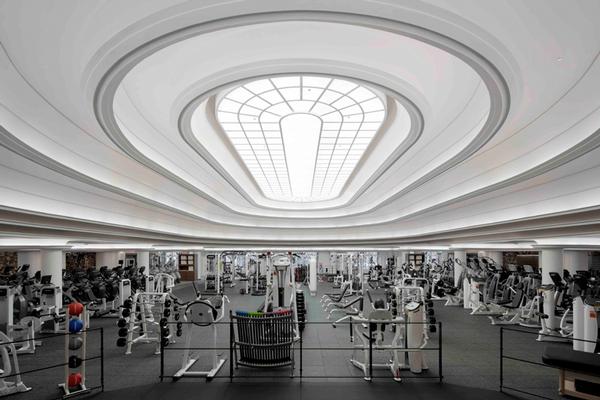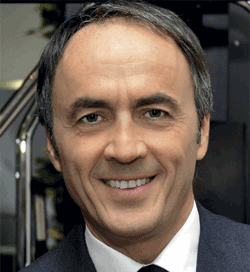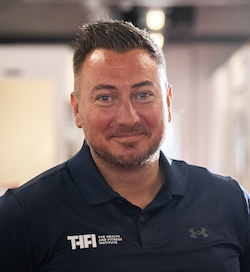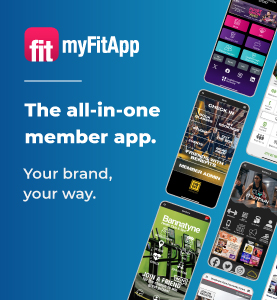VERENA HALLER
In May 2015, Equinox announced it was moving into the hotel sector. Can you tell us more?
With the strong lifestyle brand we already have in Equinox, we believe it’s a natural progression for us to move into the hotel sector with an upscale, fitness-focused hospitality offering.
We’re focusing not just on creating a hotel, but on creating a hotel that truly delivers substance with style, embracing Equinox’s expertise in movement, nutrition and regeneration. We want to create a unique experience that allows our guests to take their lifestyle on the road.
When will the first hotel open?
The first hotel is due to open in Manhattan at the beginning of 2019, at Hudson Yards. It will feature a 60,000sq ft fitness club – Equinox’s largest – as well as swimming pools and a spa.
However, there are many enticing opportunities emerging in other cities too, and it’s possible that one of these locations might yet open its doors before Hudson Yards.
What are your roll-out plans?
We’re focusing on markets in the United States where we’re already well-established as a brand – cities such as Los Angeles, Chicago, San Francisco and Miami. However, we’re also looking at other cities where we feel we could make our mark in the hotel market, such as Seattle and Houston.
And long term, what brand wouldn’t want to go global? London is always appealing to us, especially since we already have our Kensington fitness club doing so well there. Further down the line, there’s also the potential for expansion to Spain, Asia, Australia…
I truly believe, after people see our first few hotels open, that they will be hungry for more from us.
How will your hotels stand out from a design perspective?
Our brand DNA at Equinox is ‘elevated and provocative’, and this is the foundation from which we build. We aren’t talking about luxury – we’re talking about an elevated experience across all levels and senses.
This influences everything from material selection and handcrafted details to lighting, scent, sound and much more. We want to bring all these elements together in a way that’s stimulating, alluring and provocative.
We want to create a balanced juxtaposition between softer, more textile cues and bold, powerful yet welcoming hotel architecture. In the end, we want to ensure we’re creating experiences, not just spaces.
AARON RICHTER
You opened your first UK health club in 2012, in London. Is it different from your US clubs?
Yes, there are a few things we did differently in the UK. There’s a significant boxing and personal training demand, and we created one of our first dedicated café lounges there as we found people in the UK were using clubs more heavily as social spaces. The US is now catching up quickly in this respect.
The building itself played a significant role. The space we found in Kensington was extraordinary. It’s the old Art Deco Derry and Toms building – the birthplace of Biba – so there was a lot of history around it. However, if it had been in New York, we probably wouldn’t have done it because it’s five stories up and has a very demure entrance.
We were definitely concerned about entering a new market with something that was so discreet, but what we’re finding is that in London being discreet is actually a very positive thing. People like being in the know, and they like being able to find somewhere a bit out of the way. It’s a point of pride in London because it’s such a complex city.
What are the biggest considerations when designing a health club?
All our health clubs look very different, but there’s a common thread we strive towards – something I call ‘aspirational design’. We want our members to feel elevated and aspire to achieve.
But the operational needs are important too. We think of ourselves as set designers for the trainers and staff in the club – it’s important for us to set the stage for the talent working in the club. That’s the base line: having the storage in the right place, the mirrors at the right height, the lighting and sound levels… all the stuff they need to create the moment for them to connect with a guest.
What are you currently working on?
We’re actively developing a number of health club properties – mostly in the US, where we’re opening 10 new clubs in the second half of 2016, but also in the UK and Canada. We’re in lease negotiations for multiple sites in London, and opened our third Canadian club last month, in Vancouver.
How do you approach the design of a health club?
For a long time, the health club industry has been neglected in terms of design – clubs have been functional only. I approach things from a different angle.
I don’t try to compete with other health clubs from a design point of view. Instead I try and compete with the wider leisure industry – with restaurants, hotels and retail – and also with the homes people live in. I think we need to be on a par with those types of facilities in order to succeed and build our brand and reputation.
The challenge is always to ask a lot of questions about the experience we can provide for customers which goes above and beyond great fitness. The same philosophy will apply when it comes to the development of Equinox hotels.








